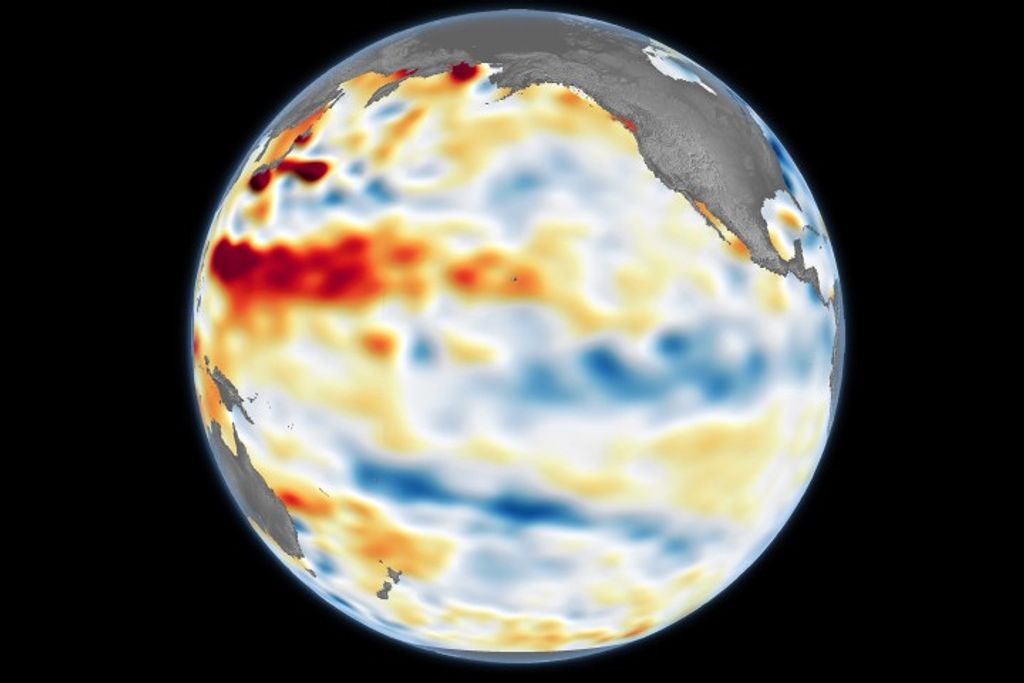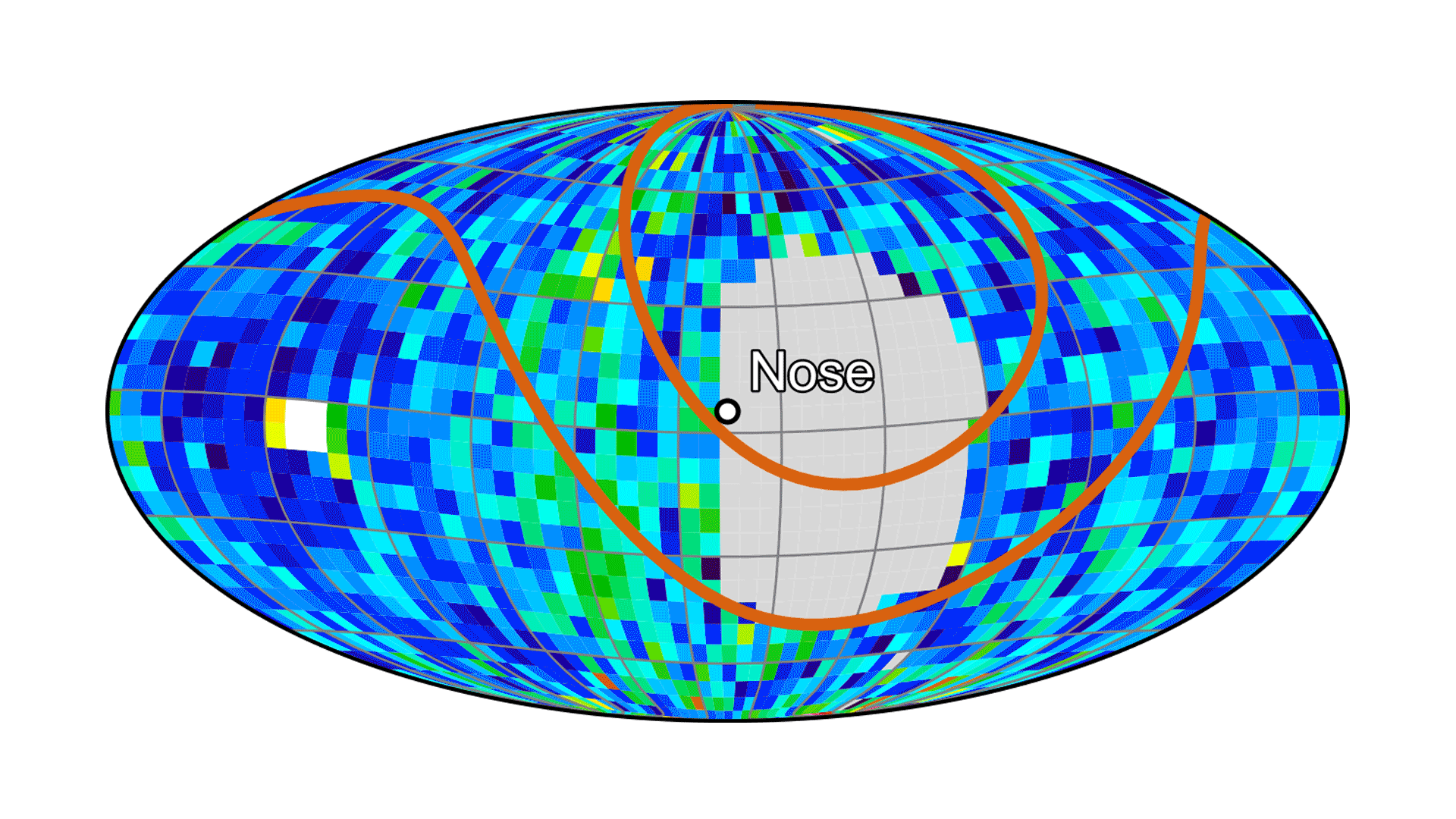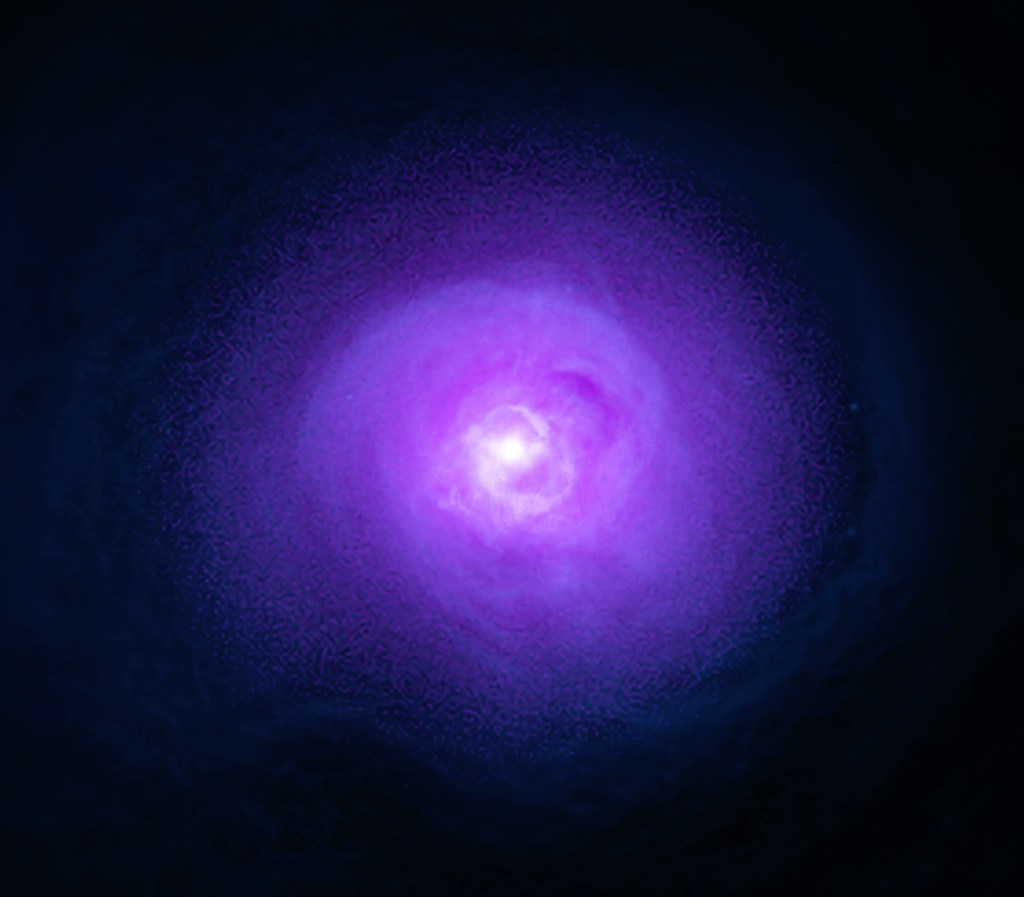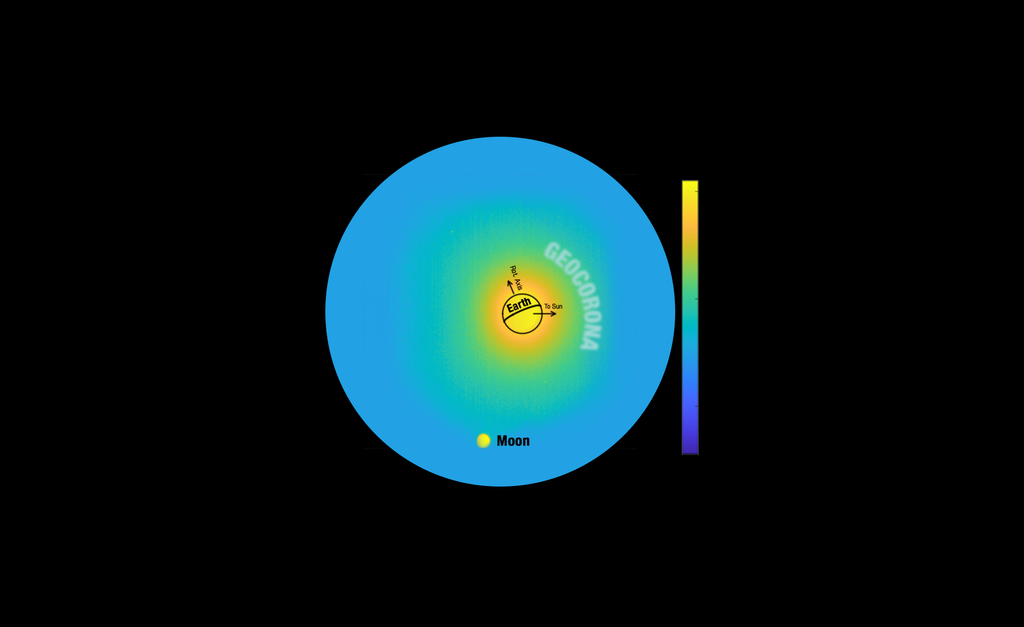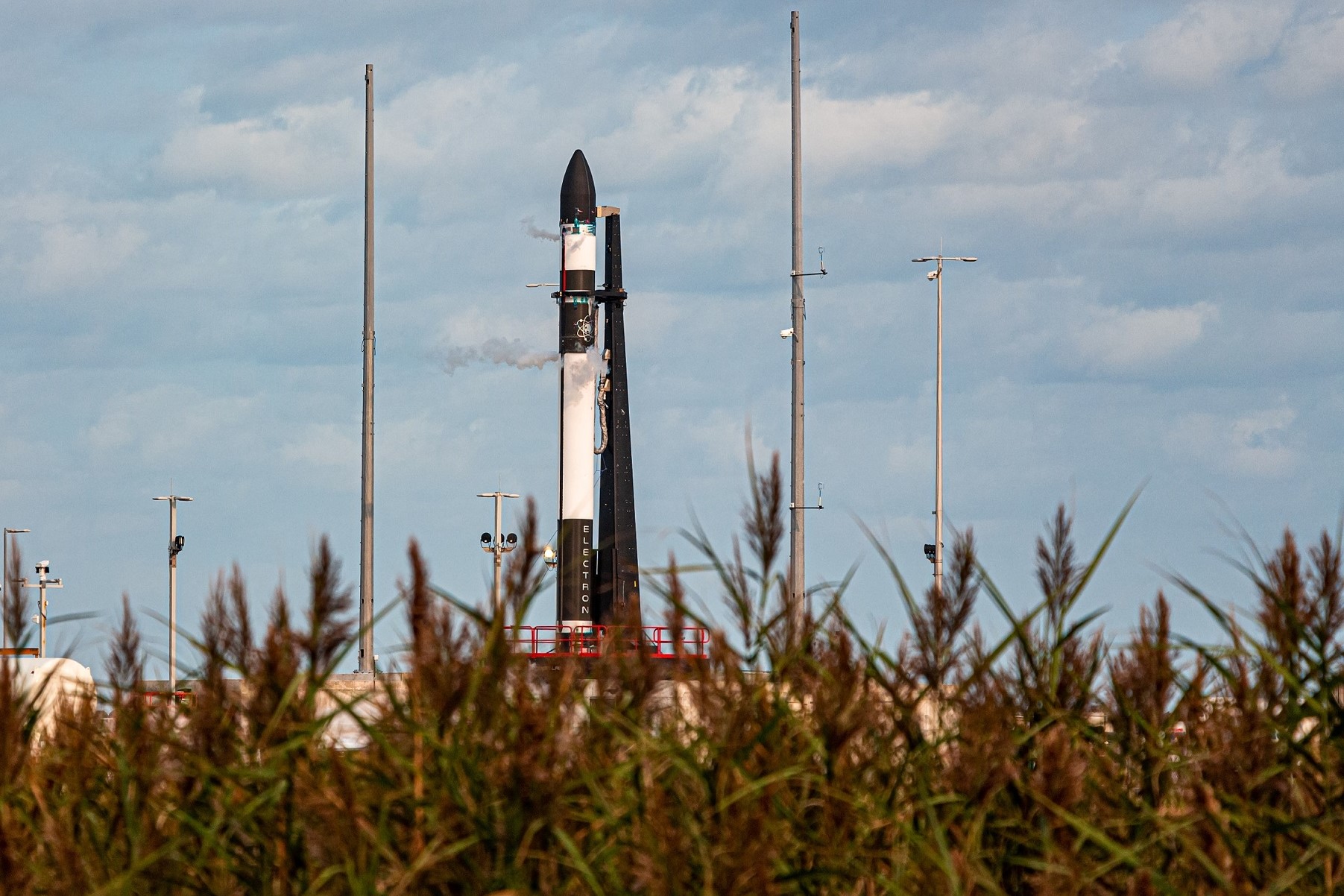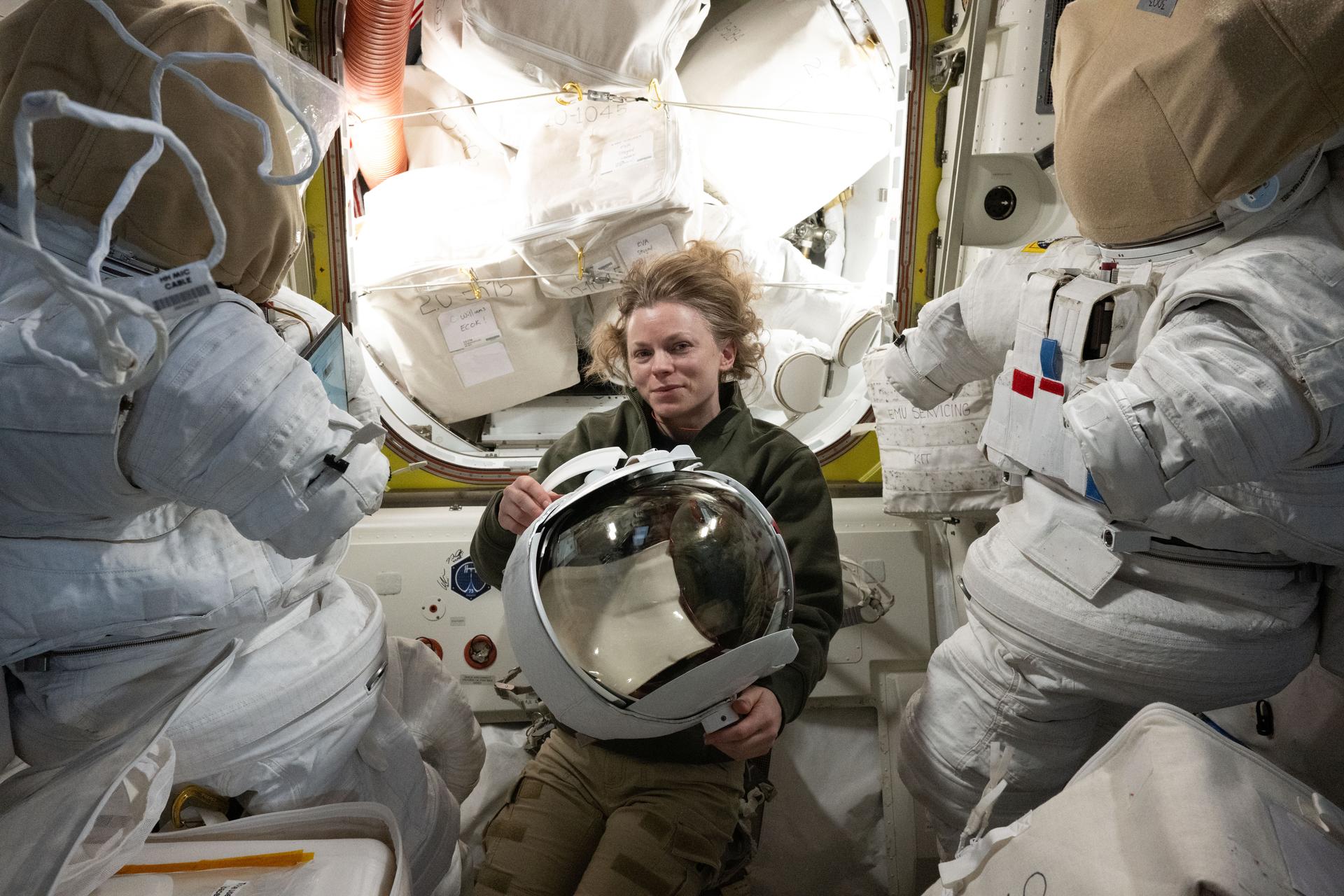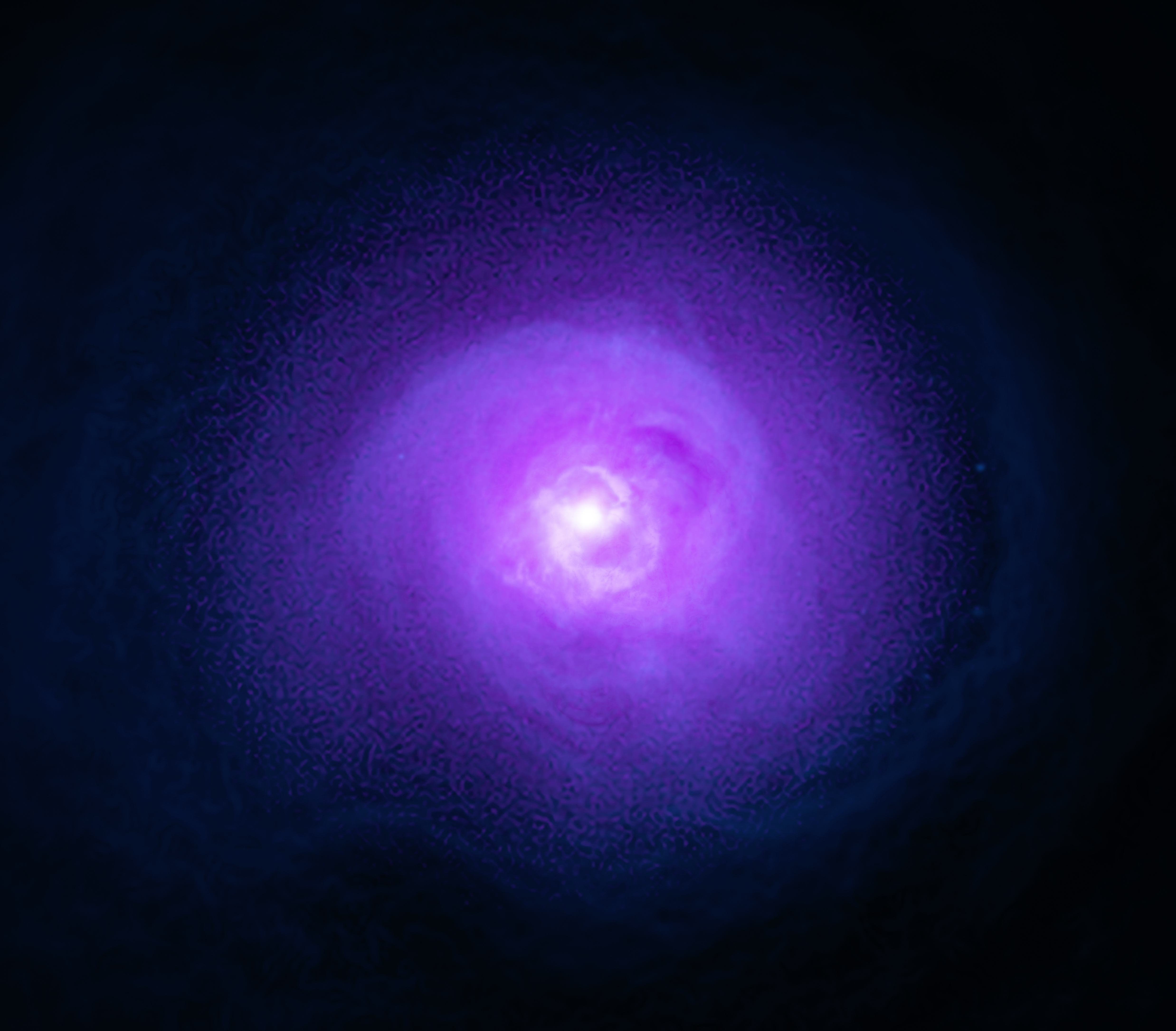Pioneer 9
Type
Launch
Target
Objective
What was Pioneer 9?
NASA's Pioneer 9 was the fourth in a series of solar-orbiting spacecraft designed to measure interplanetary phenomena from widely separated points in space on a continuing basis.
| Nation | United States of America (USA) |
| Objective(s) | Solar Orbit |
| Spacecraft | Pioneer-D |
| Spacecraft Mass | 144 pounds (65.36 kilograms) |
| Mission Design and Management | NASA / ARC |
| Launch Vehicle | Thrust-Augmented Improved ThorDelta (Thor Delta E-1 no. 60 / Thor no. 479 / DSV-3E) |
| Launch Date and Time | Nov. 8, 1968 / 09:46:29 UT |
| Launch Site | Cape Canaveral, Fla. / Launch Complex 17B |
| Scientific Instruments | 1. Triaxial Fluxgate Magnetometer 2. Plasma Analyzer 3. Cosmic Ray-Anesotropy Detector 4. Cosmic Ray Gradient Detector 5. Radio Wave Propagation Experiment 6. Electric Field Detector 7. Cosmic Dust Detector 8. Celestial Mechanics Experiment |
Key Dates
Nov. 8, 1968: Launch
May 1969: NASA announced the mission had achieved all objectives
May 19, 1983: NASA lost contact with Pioneer 9
March 3, 1987: Attempts to use SETI equipment to contact the probe failed and NASA officially declared the spacecraft inactive
In Depth: Pioneer 9
Pioneer 9 was the fourth in a series of five NASA probes designed to collect data on electromagnetic and plasma properties of interplanetary space from widely separated points in heliocentric orbit over at least six passages of solar activity centers.
The spacecraft was launched from Cape Canaveral, Florida, Nov. 8, 1968, at 09:46:29 UT.
In its 297.55-day orbit at 0.75 × 0.99 AU, the cylindrical, spin-stabilized spacecraft obtained valuable data on the properties of the solar wind, cosmic rays, and interplanetary magnetic fields.
The Delta launch vehicle also carried the Test and Training Satellite known as Tetr 2 (TETR-B) which was put into Earth orbit to test ground-based communications systems in support of the Apollo program.
By May 1969, NASA announced that the mission had already achieved all its objectives, having transmitted more than 6 billion bits of data. NASA maintained contact with Pioneer 9 until May 19, 1983.
Subsequent attempts to use Search for Extraterrestrial Intelligence (SETI) equipment to establish contact with the probe on March 3, 1987, failed, and NASA officially declared the spacecraft inactive.
Key Source
Siddiqi, Asif A. Beyond Earth: A Chronicle of Deep Space Exploration, 1958-2016. NASA History Program Office, 2018.









